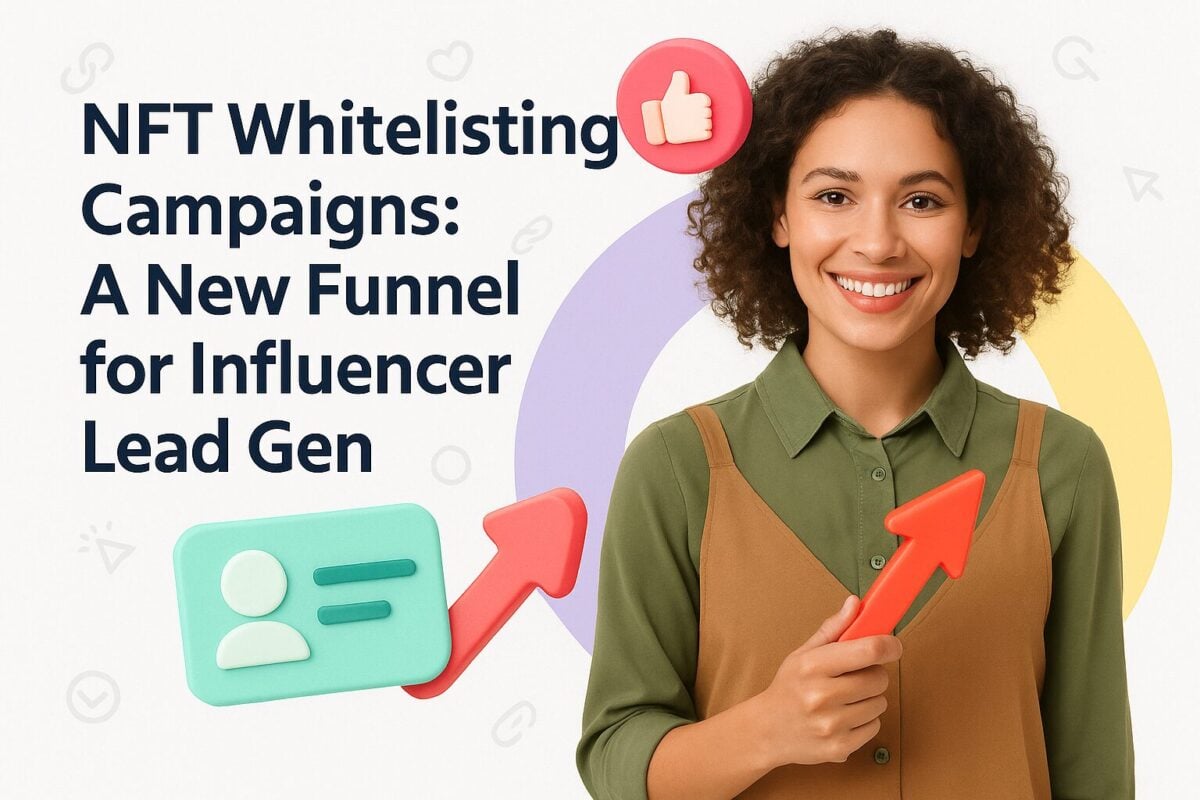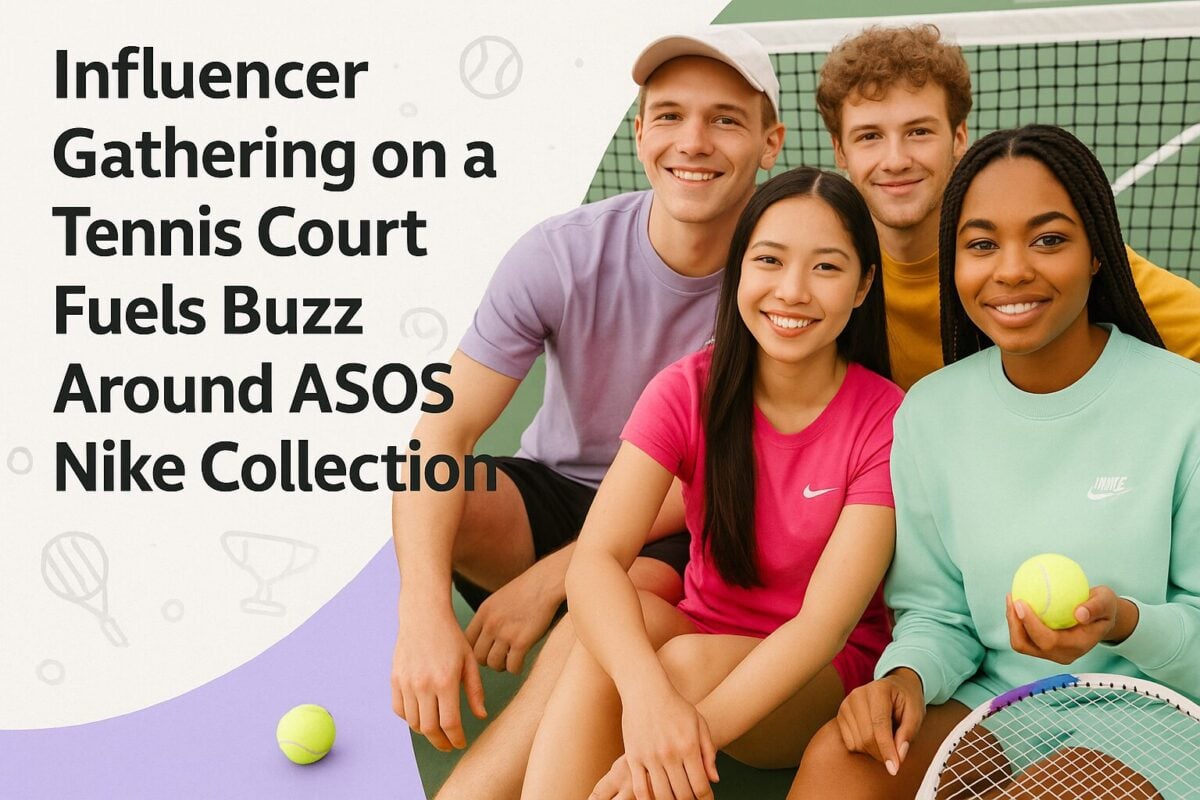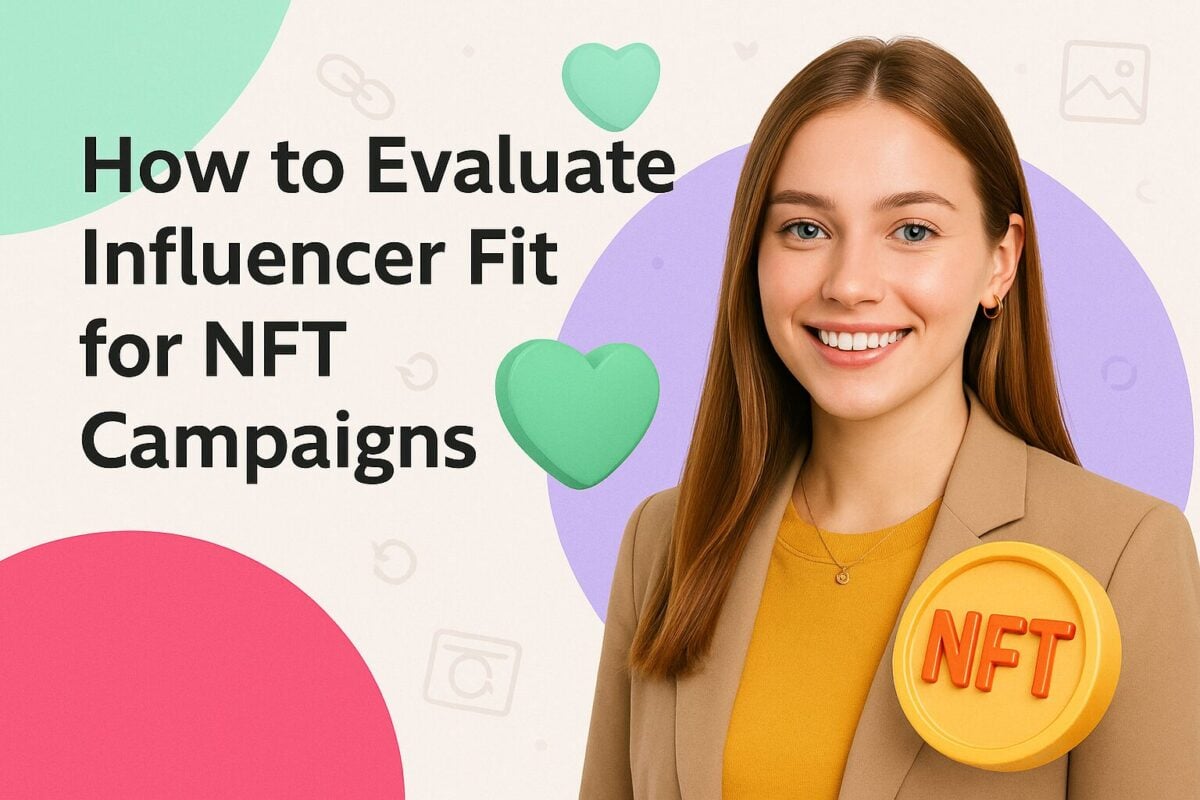Influencer marketing is very commonplace now, which means that there has been enough time for best practices to develop. Nether influencers, nor their audiences, are naïve about the practice, and they can easily see through shoddy-constructed influencer campaigns that may not be entirely truthful.
Regulatory bodies, such as the FTC, have a firm eye on influencer campaigns, too. They are scrutinizing influencer marketing for any misleading or illegal practices.
That is not to say that influencer marketing is tricky. It just means that you should follow a relatively clear list of influencer marketing best practices. This ensures that all parts of your influencer campaigns are carried out ethically and above board. It also leaves you free from any accusations of improper practice. It ensures that you can operate the most effective campaign using the most suitable influencers for your target customer base.
If you follow these best practices, you should receive the highest possible rewards from your influencer marketing investment, both now and in the future.
Influencer Marketing Best Practices:
- 1. Identify Goals for Your Campaign
- 2. Personalize Your Influencer Outreach Emails
- 3. Select Influencers Who Are Experts in Your Niche
- 4. Select Influencers with the Same Culture and Values as Your Brand
- 5. Select Influencers Who Operate in the Same Social Space as Your Target Audience
- 6. Focus on Engagement Stats When Selecting Influencers Over Follower Numbers
- 7. Don’t Micromanage Your Influencers
- 8. Ensure Your Influencers Clearly Identify Their Posts as Sponsored
- 9. Use Analytics to Monitor Your Return on Investment
1. Identify Goals for Your Campaign
We have stressed this multiple times here at the Influencer Marketing Hub. You need to set specific, SMART goals for every influencer campaign. You need a stated reason for every campaign, which you can break down into actionable, measurable goals.
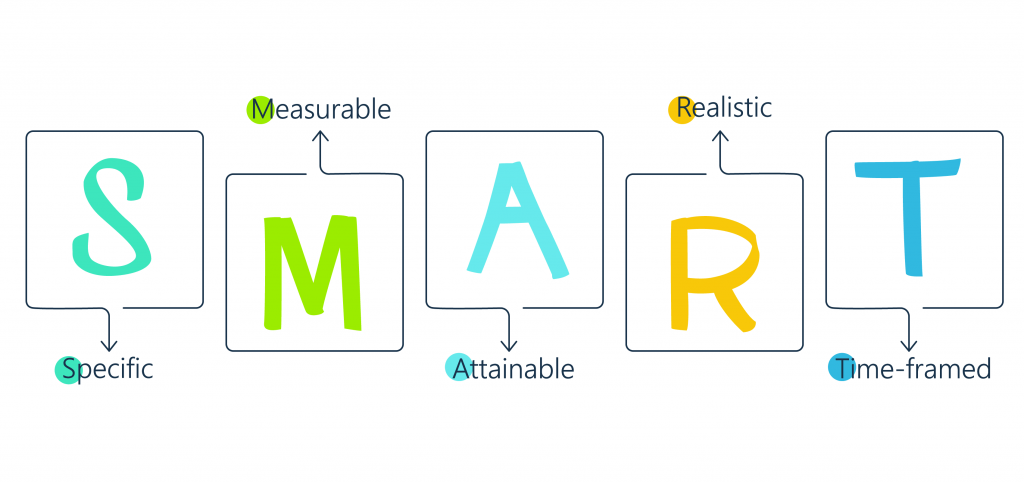
Your goal doesn’t necessarily have to be to sell more products. Many firms use influencer marketing more for brand awareness and recognition. You may be wanting to alter the way that people think about your product. Your campaign might be giving people new and innovative ways you could use your product, for example. Or it could be some form of social messaging. Quite a few firms have changed their marketing during the COVID-19 virus to show a softer, more humanitarian side, rather than attempting any hard sell.
If you have not already done so, you also need to establish who the target audience is for your influencer marketing. There is little value in trying to market to everybody. The tighter you can describe your preferred customer (or audience for a more social good campaign), the easier it will be to find your ideal influencers to help you through your campaign.
Understanding your goals can also impact in more indirect ways on your choice of an influencer. For example, if a goal is to gain a certain number of new customers over the length of your campaign, it would make sense that you choose to work with influencers who you have never worked with before. This would make it more likely that your posts would be pushed to people who haven’t seen any previous social marketing campaigns for your brand.
2. Personalize Your Influencer Outreach Emails
Influencers are busy people. They don’t have time to peruse every email they receive. Also, they often receive multiple requests and solicitations every day. They aren’t going to even look at something that comes across as being like a form letter.
You need to personalize each outreach letter or message you send so that each influencer has the incentive to open your email or other message and read your message further. Most influencers will ignore any email that looks like it is merely cut and paste.
We have previously written in-depth on How to Craft The Perfect Influencer Outreach Email, offering tops and a selection of templates you can follow. But make sure that you adapt any template to personalize it for each influencer you approach.
3. Select Influencers Who Are Experts in Your Niche
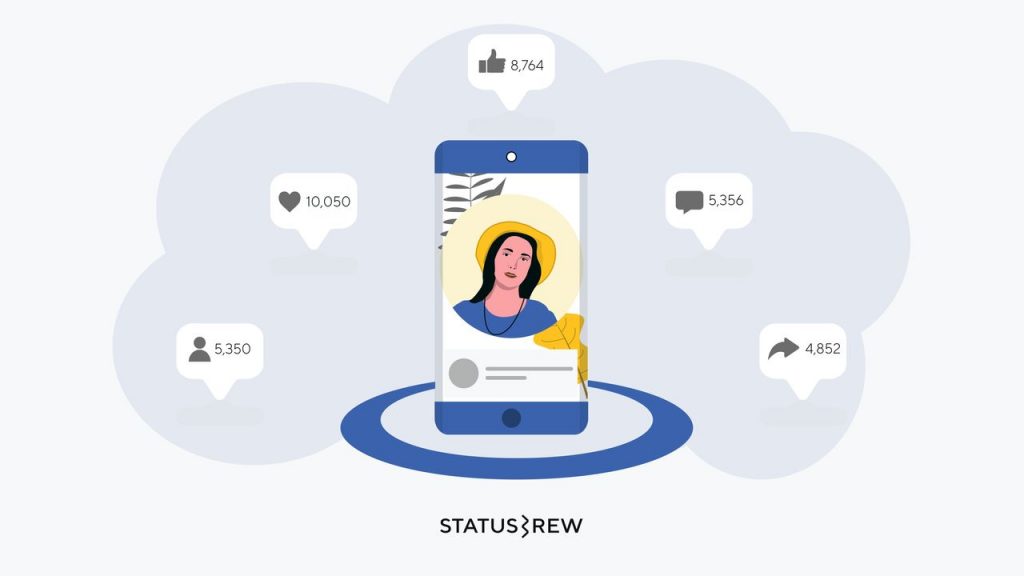
Image via statusbrew.com
This is probably the number one rule of influencer marketing. You don't have to work with an influencer merely because they are famous, and you recognize their name. If that were the way to do it, we would all be fighting for the services of renowned celebrities and superstars, with the firms with the deepest pockets winning every time.
Instead, it is much better to work with the people who influence the types of people you are looking to become your customers. For example, if you sell a product in the fashion industry, it makes the most sense for you to work with influencers who are the thought leaders of fashion. If you sell products that appeal to gamers, you should work with gamers who are popular on Twitch, YouTube, or TikTok, whose fans are the types of people to take an interest in your product.
The followers of these influencers will respect their views about your product. If they recommend your product, their followers will take note, and consider making a purchase. While general celebrities might still promote your products, their audience is unlikely to take that much notice, unless you sell a genuinely mass-market item.
The reason why working with influencers in your niche works so well is that they have already built a reputation for being authoritative and authentic. This makes it much easier for their followers to believe the messages they give.
4. Select Influencers with the Same Culture and Values as Your Brand
A few brands have discovered the hard way that you need to find influencers whose values are like those of your company. A big mistake some marketers make is selecting influencers who don't match their brand's core values. Just because somebody is famous doesn't mean they will make an excellent ambassador for your brand. And just because someone enjoys a large following doesn’t mean they are the best person to spread your message.
As we discussed above, if there is a misalignment or contrast between your product and the influencer or their audience, then there is little chance that your campaign is going to be successful. Brands need to ensure that the personality and attitudes of the influencers they work with match the brand’s ethos so that they can deliver natural and authentic endorsements.
Disney, for example, recognizes the potential for conflict here. They prefer a strictly controlled, family-friendly environment. They have learned they can’t align themselves with controversial influencers, no matter how popular they are.
5. Select Influencers Who Operate in the Same Social Space as Your Target Audience
This connects with the idea of connecting with influencers in the same niche as your target market. You need to work with people who influence the types of people who could have an interest in purchasing your product or service. For this to work, you need to work with influencers who operate in the same social space as your intended audience.
For example, if you’re older, you might only really have heard about Facebook. That is possibly the only social network you use yourself. But if you market to a younger demographic, they are probably more active on other social channels. Sure, they probably have Facebook accounts, most people do, but that doesn’t mean that they spend much of their time engaging there. If you target Millennials or Generation Z, you are far more likely to find them on TikTok, Instagram, or YouTube. If you target gamers, you will find them watching videos on YouTube or live streams on Twitch.
So, it is vital that you match the social networks of your influencers with those preferred by your target market. Indeed, it should be easier to find suitable influencers on these platforms, as that is where they will have made their names.
6. Focus on Engagement Stats When Selecting Influencers Over Follower Numbers
A beginner’s mistake in influencer marketing is to look for the people with the greatest follower numbers. Apart from the fact that mega- and macro-influencers cost considerably more than other influencers, they will often have many followers who are essentially worthless to your campaign. These are people who have no interest in your product, even if the influencer promotes it.
Also, many high-level social accounts are run on behalf of a celebrity, rather than being operated by the celebrity themself. These accounts often broadcast items of interest relating to the celebrity/macro- influencer, rather than engaging in genuine engagement.
Many successful influencer marketing campaigns have been carried out by micro-influencers, who might have only 10,000 followers. The key to their success is engagement. They post regularly, take notice of their followers’ posts, make comments, like, and many more types of social engagement. They are actively involved with their followers, often multiple times daily. Because of this, 43% of marketers prefer micro and nano-influencers, and 24.9% have increased their marketing budgets accordingly.
7. Don’t Micromanage Your Influencers
Another mistake that some brands make is to treat influencer marketing the same way they do their traditional marketing campaigns. In particular, some firms try to micromanage their campaigns, creating all the content in-house and expecting influencers to merely deliver it as if they were a television channel, radio station, or newspaper.
However, that doesn’t work with influencer marketing. Influencers don’t generally rely on your payments to operate and don’t consider themselves advertising platforms. They have built their accounts themselves, sharing original content that resounds with their audience. In many ways, they are doing you a favor – they’re providing you with their ready-made audience. That audience doesn’t read or view their posts to hear about you; they follow the posts because they believe in what the influencer has to say.
Therefore, to be successful with influencer marketing, you need to give influencers enough freedom to make posts in their normal style, the voice that their audience already likes. Any attempt to micro-manage an influencer is unlikely to be successful and can greatly harm your relationship.
However, that doesn’t mean that you simply leave the influencer to do whatever they want. You should set some guidelines for your expectations. For instance, you shouldn’t write the copy for their posts. However, you can stipulate the number of posts they should make in a timeframe for an agreed payment, and require them to include the product, brand name, and any campaign hashtags. If your campaign goals involve your website or company social accounts, you should provide your influencers with the relevant links they should include in their posts. You should also make your campaign goals clear, along with your expectations of the influencers.
8. Ensure Your Influencers Clearly Identify Their Posts as Sponsored
The FTC (and their British counterpart) have taken a strong interest in the fairness of influencer marketing over the last few years. They have made strongly worded pronouncements insisting that influencers clearly differentiate between their sponsored posts and their everyday organic posts. They have issued the FTC Social Media Guidelines that Influencer Marketing Professionals Should Adhere to.
Not all influencers appear to fully understand the rules yet, so you should make a point of ensuring that they identify your posts as sponsored.
9. Use Analytics to Monitor Your Return on Investment
At the beginning of your campaign, you will have hopefully set some SMART campaign goals. The M in SMART is "measurable," and you must measure the success of your campaign as it progresses.
While we can say, in general terms, that you need to measure the return on investment (ROI) of your campaign, influencer marketing doesn’t have a single ROI success measure. Your success metric will depend on the goals you set.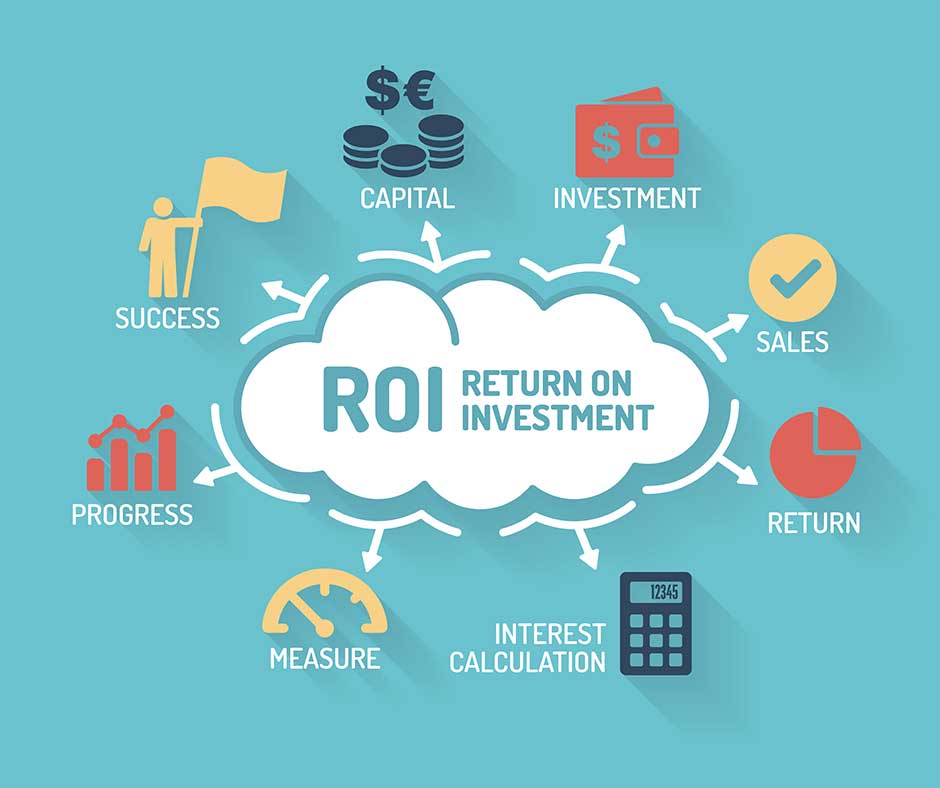
For example, you might set a campaign goal of increasing visitors to your company website. Therefore in the months surrounding your campaign, you will want to look at your website analytics to see if there has been a change in the number of visitors to your site, particularly visits designated as coming from "Social." Your goal might be to increase sales through your online store. In that case, the most important metrics for your influencer campaign are likely to relate to the sales through your online store portal, again allowing for some time lag from the actual dates of your influencer campaign.

